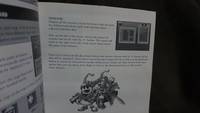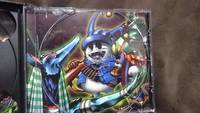Part 26: EX Update 5 - References in Future Games
MegaTen, in general, likes to make callbacks to previous games, and Devil Summoner is no exception. Let's take a look at some blatant and subtle callbacks in future games.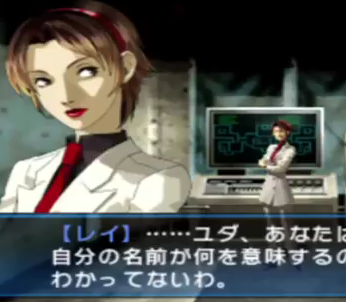
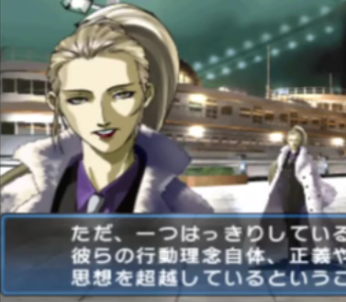

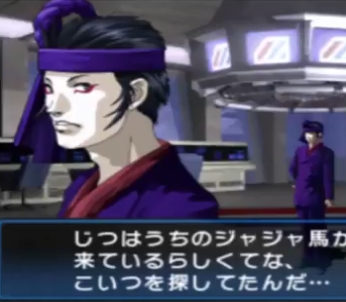
Rei, Ginko, Dr. Thrill, and Kyouji (in the body of a man called Sukeroku) return in the main story of Soul Hackers.
Sid as well as Inui and his Platoon Soldiers appear in Soul Hackers's Extra Dungeon.
The 3DS version of Soul Hackers introduced a demon-buying system called Nemechi. By using Play Coins, you could purchase various demons that weren't found in the original game. Many of the demons you can buy use the designs or colors from Devil Summoner, including an appearance by the DB Busters.
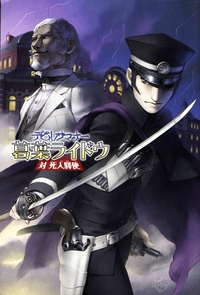
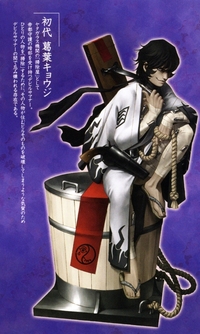
The very first Kyouji Kuzunoha appears in a novel based off of the PS2 game Raidou Kuzunoha vs. The Soulless Army titled Raidou Kuzunoha vs The Messenger of the Dead. He is skilled with the sword (he uses a Seven Star Sword, just like our Kyouji) and the art of onmyoudou, and does the Yatagarasu's dirty work. He's alienated from other Summoners due to his underhanded and merciless methods of getting things done, and has been nicknamed "Death in Madness" (from 狂死, "kyoushi," which sounds similar to "Kyouji").
There's a fun reference that actually got a payoff 11 years after the fact.
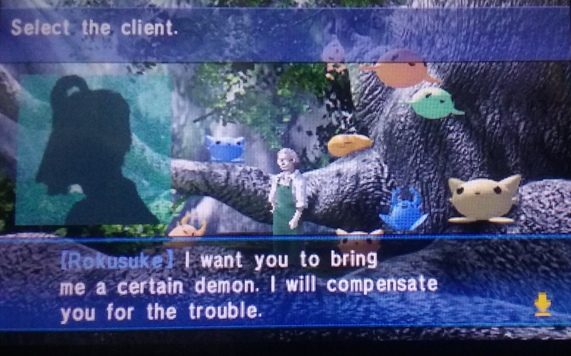
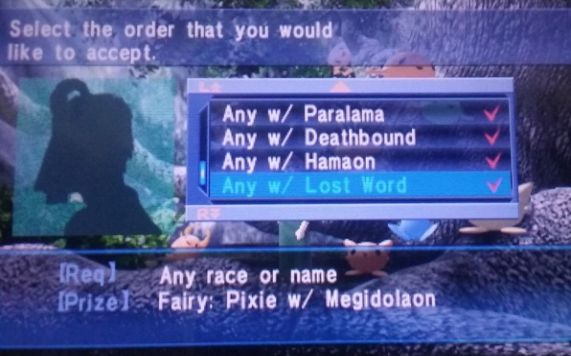
In Soul Hackers, there's a pet shop where you can take requests for certain demons in exchange for a reward. One of the patrons is "Rokusuke," an obvious anagram of Sukeroku AKA Kyouji Kuzunoha. The last of his rewards is a Pixie with Megidolaon.
Fast forward 11 years to the release of the second Raidou game. A new addition was the Case Files, 100 in all, which you could complete over the course of the game. Case File 10-6 comes from one Kyouji Kuzunoha, most likely Kyouji Kuzunoha the First. What is he asking for?
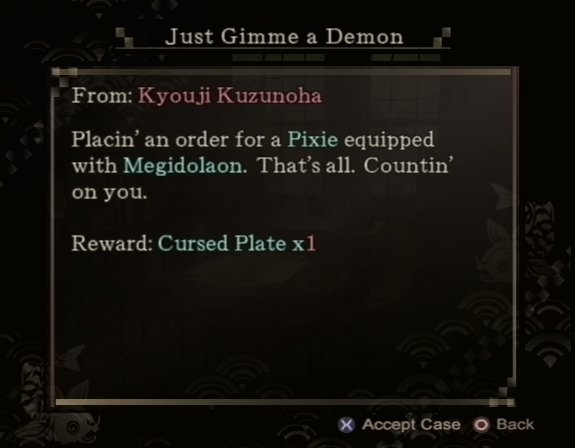
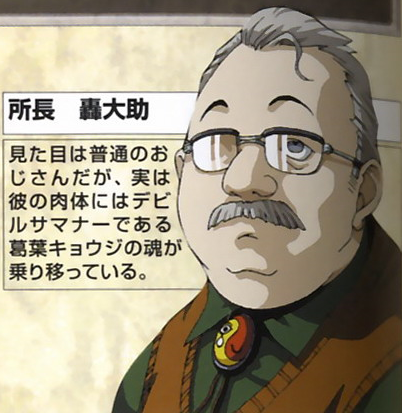
Though he may look like an ordinary old man, his body has been possessed by the soul of the Devil Summoner Kyouji Kuzunoha.
Kyouji "reppears" in the Persona 2 duology as the private detective Daisuke Todoroki. Note his brooch, which carries the Kuzunoha Clan symbol. As noted earlier, the detective agency has a remixed version of the Kuzunoha Detective Agency theme.


His assistants Tamaki Uchida and Tadashi Satomi wear outfits based off of Rei and Kyouji respectively.
Devil Summoner makes an unintended cameo in the form of the DB Busters in the manual and jewel case for Revelations: Persona:
Kaboom Dragoon posted:
No scans, but I do still own the game.
This particular image appears twice in the manual, both times in black and white.
Here it is again on the inside of the inlay tray.
I discussed it in the first few main updates, but many songs from Devil Summoner reappeared (usually as remixes) in future Devil Summoner games. They include:
Boss Battle - remixed version appears during the Lucifer battle in Raidou 2 and the Raidou + Raido battle in the 3DS remake of Soul Hackers.
Kuzunoha Detective Agency - remixed version appears during the Case Files menu screen in Raidou 2, and a different remixed version appears in the detective agency in Persona 2.
Yarai Ginza Arcade District - remixed version appears during the "Jack-san 5" Case File battle in Raidou 2.
Title - remixed version appears during the epilogue of Soul Hackers.
Dr. Thrill - appears during the battle against King Frost in Soul Hackers.
Devil Summoner influenced the rest of the Devil Summoner games, as well as the rest of the MegaTen series.
For the Devil Summoner series, SMTDS introduced the loyalty system as well as the ability to fuse swords with demons or other swords. It also introduced the Kuzunoha family, which is important to all future Devil Summoner games.
This is the first MegaTen game set in non-apocalyptic Japan. Before Devil Summoner, games were set in apocalyptic Japan (Shin Megami Tensei, Majin Tensei, Megami Tensei 2), the demonic world (Megami Tensei, Jack Bros), or a fantasy world (Last Bible series).
This is the game where the demon negotiation system became what it is today. In the first two Shin Megami Tensei and Majin Tensei games, negotiations started with the player choosing how to approach the demon. In Devil Summoner, each demon has a personality (expanded to 15 from Majin Tensei II's 7) that determined which question or statement the demon would lead with. Players could then choose from 4 replies, while older games tended to have either yes/no questions or actions as a way to reply to demons. In that way, I suppose DS's negotiation system is more similar to Megami Tensei, where the demons would lead the discussion (though most replies in Megami Tensei tended to be yes/no).
